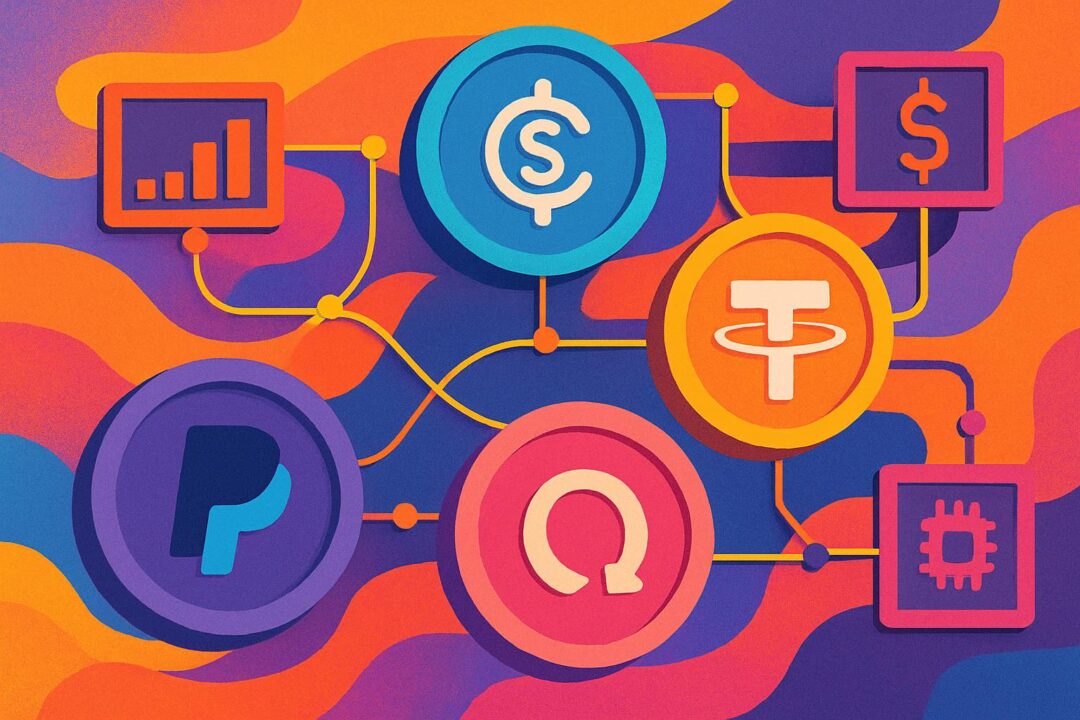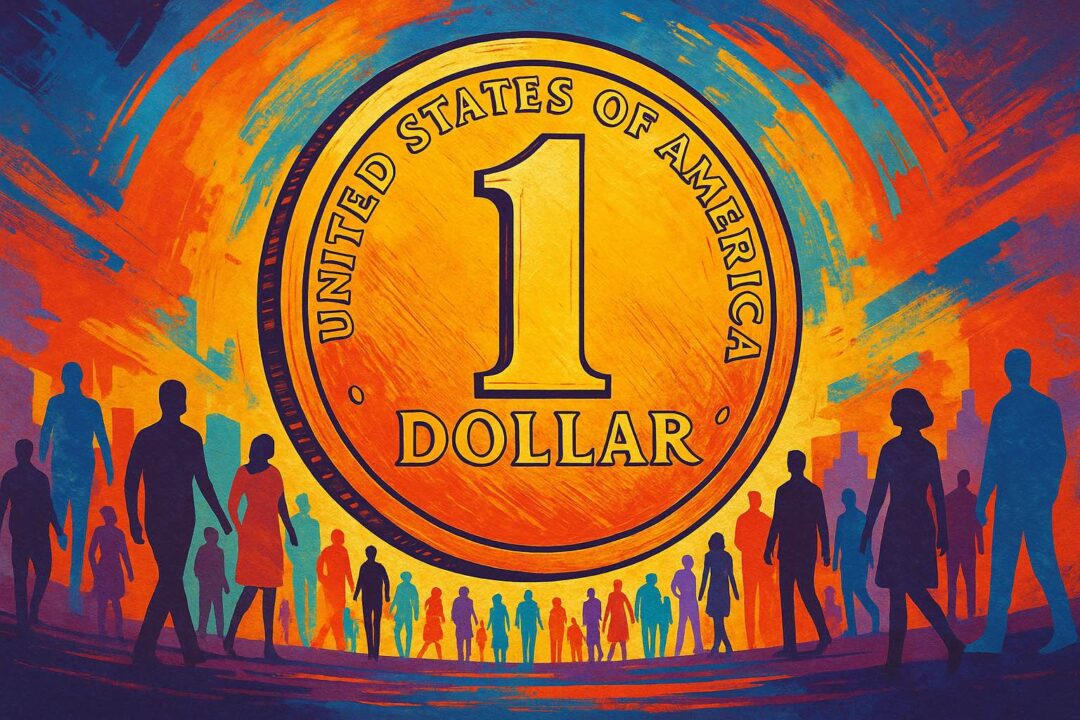For decades, the world has obsessed over money—GDPs, stock markets, central banks, and fiat currencies. But peel back the abstraction, and the foundations of real wealth aren’t printed in central bank vaults or spun up in spreadsheets.
In a world awash with fiat currencies, the real money is manufacturing capability. The ability to make things—not just invent them, finance them, or brand them—is what ultimately powers economies, sustains societies, and determines global leverage.
And on that basis, China is rich. The West is broke.
The Illusion of Fiat Wealth
The dollar, the euro, the yen—none of them are backed by anything tangible. They represent trust in institutions, yes—but they’re also backed by debt, promises, and increasingly complex monetary policy gymnastics.
Meanwhile, governments around the world can “stimulate” their economies by issuing more currency, but they cannot stimulate real output with a keystroke. When push comes to shove—whether it’s war, pandemic, or climate crisis—you can’t print ventilators, food, solar panels, or microchips.
You have to make them.
China Makes. America Thinks.
The West, led by the U.S., bet on the “post-industrial” economy: services, software, finance, media, intellectual property. China bet on the physical world: steel, cement, ships, trains, phones, batteries, chips.
The result? While the U.S. was optimizing supply chains for cost and efficiency, China was building them—owning not just factories, but ports, railroads, rare earth mines, and energy flows.
America became the consumer, the brand, the IP licensor. China became the builder, the assembler, the indispensable partner to every physical supply chain on Earth.
It’s not even close anymore:
- China produces more than 28% of global manufacturing output—more than the U.S., Germany, Japan, and South Korea combined.
- It dominates electric vehicle production, solar panels, batteries, and steel.
- In many industries, China is not just the world’s factory—it’s the only factory.
Manufacturing = Power
Manufacturing isn’t just about economic output. It’s about leverage.
- National Security: You can’t wage a modern war—or even defend your supply lines—if you don’t control production of weapons, chips, and energy systems.
- Trade Leverage: Control over critical components (like rare earths or advanced batteries) gives China geopolitical weight. You want the goods? Play by their rules.
- Resilience: In crisis (like COVID), manufacturing nations adapted. Consumer nations waited—often helplessly—for goods stuck in containers or ports they didn’t control.
- Employment & Skill: Manufacturing creates not just jobs but capabilities. Toolmakers, engineers, machinists—these are the people who make a nation sovereign. The U.S. let many of those skills atrophy. China scaled them.
Rare Earths: China’s Hidden Manufacturing Trump Card
When most people think about manufacturing, they picture factories, assembly lines, and finished goods. But the real foundation of modern manufacturing power often lies far earlier in the chain—in the obscure, hard-to-pronounce world of rare earth elements (REEs). These 17 minerals are essential to almost everything high-tech: smartphones, electric vehicles, wind turbines, advanced weapon systems, and countless other products. Without them, the global economy’s shiny gadgets and green energy dreams grind to a halt.
China doesn’t just lead in rare earths—it dominates them. It produces around 60% of the world’s mined supply and controls over 85% of global refining capacity. Mines like Bayan Obo in Inner Mongolia hold some of the largest reserves on Earth. And while other countries may dig a little here and there, almost all of it ends up going to China for processing—because Beijing has spent decades building the refining expertise and infrastructure that others neglected.
This is more than just a mining story; it’s an industrial strategy. By controlling the upstream supply, China ensures that anyone who needs rare earths—whether they’re building electric motors in Germany or fighter jets in the U.S.—will find it far easier, cheaper, and more reliable to manufacture in China itself. This isn’t a coincidence; it’s policy. The more of the supply chain China controls, the more of the value-add—and the jobs, skills, and geopolitical leverage—that it captures.
Beijing has also shown it’s willing to use this power. In 2010, amid a territorial dispute, China reportedly halted rare earth shipments to Japan. In recent years, it’s tightened export controls on certain processed rare earths and magnets, sending shivers through global supply chains. The message is clear: access to these materials can be granted—or withdrawn—at China’s discretion.
This rare earth dominance is not just about today’s trade flows; it’s about locking in tomorrow’s. By making itself the indispensable link in the chain, China ensures that no other country can easily compete across entire high-tech sectors without first wrestling control of these critical resources away from Beijing. And so far, no one has.
Why the West Can’t Just “Reshore”
There’s a fantasy in Washington and Brussels that we can “bring manufacturing home.” But this misunderstands what manufacturing really is: a complex ecosystem, not a Lego set you can move around.
- The machines? Mostly built in China or Germany.
- The talent? Gone. Retired. Never trained.
- The supply chains? Deeply embedded in Asia.
- The costs? 5x to 10x higher to build domestically, even with subsidies.
Even with trillions in incentives, reshoring can only happen at the margins—and only for high-stakes, high-security sectors like semiconductors or defense. The rest will remain globally entangled, with China still at the center.
The Game Is Rigged — And China Wrote the Rules
The West created the globalized economy. China mastered it.
By accepting offshoring, we outsourced not just labor—but knowledge, infrastructure, and leverage. China didn’t just take our jobs. It took our economic future, one container ship at a time.
And while the U.S. was busy exporting dollars and importing goods, China was busy doing the opposite—stockpiling factories, engineers, and raw materials, converting dollars into real assets.
Now, China is the indispensable manufacturing power of the 21st century. The West is discovering too late that you can’t build an economy on ideas alone. Someone has to build the actual things.
Conclusion: Manufacturing Is the Real Money
In the end, money is just a claim on real things. If you can’t make the real things, then your money—your economy—is hollow.
China figured this out decades ago. The West is still catching up.
The global power balance isn’t shifting because of military buildups or diplomatic alliances. It’s shifting because China makes, and the rest of us are realizing—too late—that the real wealth was never the money.
It was the ability to build.
Bonus: The Free Trade Illusion — and Why the Game’s Already Tipped
In theory, global free trade was meant to let each country specialize and prosper. In practice, it meant America exported its manufacturing base—and China imported the world’s.
The brutal truth? Almost anything America can produce, China can produce faster, cheaper, and at greater scale.
And it’s not just about labor costs anymore:
- Speed: A factory in Shenzhen can be prototyped, built, staffed, and running in months. In the U.S., the same process can take years.
- Efficiency: China’s manufacturing zones are optimized ecosystems—engineers, suppliers, tooling, and logistics all within a 30-mile radius.
- Cost: Chinese infrastructure is subsidized, energy is cheaper, and compliance is streamlined. The U.S. regulatory environment and wage base make many projects economically unviable without massive subsidies.
Worse (for America) yet, China controls critical bottlenecks:
- Rare earth elements
- Lithium processing
- Solar panel production
- EV battery supply chains
- Mid-tier electronics assembly
- Industrial robotics and machine tools
America isn’t just slower—it’s dependent.
This undermines the entire logic of the free trade era, which assumed open markets and “comparative advantage” would benefit everyone. But when one side dominates nearly every step of the global supply chain, and the other can’t even build a chip fab without government intervention, the game isn’t free—and it’s no longer fair.
And as China continues to climb the value chain, reshoring becomes not just hard—but strategically and economically unrealistic.
Discover more from Brin Wilson...
Subscribe to get the latest posts sent to your email.



